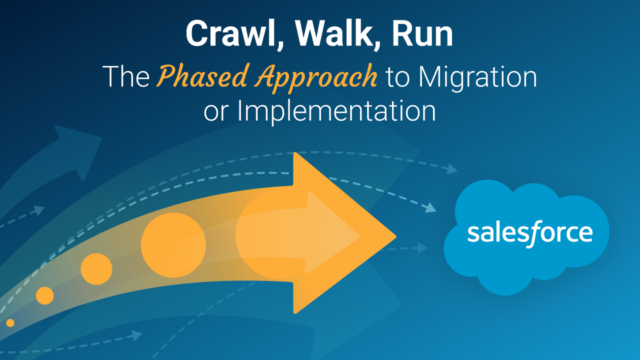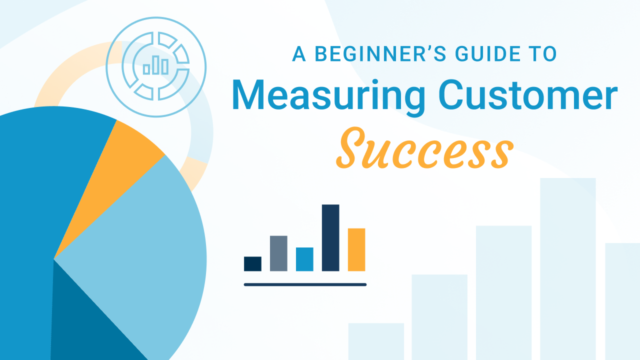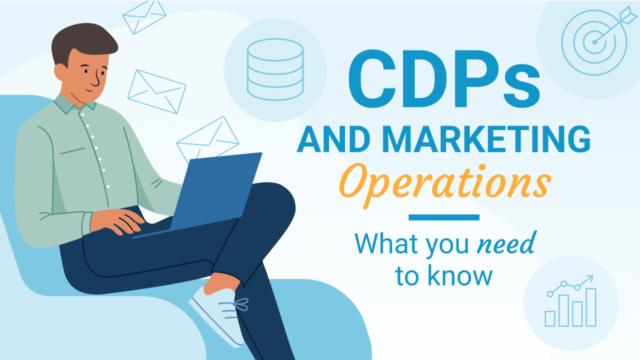So… you’re considering migrating from your current CRM to Salesforce. Or maybe you’re tired of using multiple systems and resources to operate your business and want to centralize in Salesforce.
But where do you start? What’s the best approach? In almost all scenarios, CloudKettle recommends that enterprise-scale CRM deployments be done on a phased crawl, walk, and run approach. The goal is to start with an MVP—minimum viable product. This allows organizations to minimize risk, decrease scope creep, and reduce the potential for cost overruns.
Breaking the project out into discretely scoped phases allows companies to:
- Realize faster time to value
- Gather user feedback for future iterations
- Test business concepts quickly
- Give Leadership the ability to adapt their requirements as they see how the initial phase users are leveraging the tool
- Improve employee adoption and the overall success of the end solution
Phase 1 (MVP – Crawl)
For Phase 1, the key is to define the minimum requirements needed to get from point A to point B. In many cases, this means going from spreadsheets and various disparate systems to using Salesforce for the entire funnel – from Lead to Opportunity to Sale to support Management.
In this phase, it’s important to focus on the minimum technical requirements to migrate and deploy the CRM. The deliverable is a core foundation with an architecture that is scalable to the rest of the organization.
This reduces the time that groups of stakeholders must dedicate to requirements gathering, user acceptance testing, and training.
What’s included in an MVP (minimum viable product) Implementation
Requirements Gathering and Design
- Project planning and execution
- Identification of use cases and technical requirements
- Mapping security requirements to Salesforce configuration
- Reporting wishlist inventory
- Data migration templates
Build
- Set up basic org information (MyDomain, Default Currency, Default language, etc.)
- Security Configuration (Roles, Profiles, Multi-Factor Authentication)
- Sales Process Setup (incl. Lead and Opportunity Management)
- Duplicate Management tools
- Sales App and Lightning Record pages
- Reports & Dashboards to track open and closed pipeline
QA, Training and Documentation
- Training through train-the-trainer approach
- QA & UAT completion
- Data Migration
- User setup (login access grants)
- Post-launch support
- Implementation document
Phase 2 (Walk)
This phase focuses on integration with third-party databases, proprietary systems, and ERP. This is often where team members who are not part of the core Marketing and Sales group, such as the Finance, Support, and Customer Success teams, begin to benefit from the platform.
Phase 3 (Run)
In Phase 3, we begin to expand the functionality to include new features that users have requested during the preceding phases. As the users become accustomed to the system in Phases 1 and 2, new requests and process refinements often arise. The Run phase generally includes additional enhancements that have been outlined throughout the course of the previous phases that were not mission-critical but instead continue to improve the user experience.
Future Phases
Finally, future phases are primarily focused on increasing automation and complexity to support team growth and allow for scalability.
In summary, while deploying a fully integrated CRM at once may seem like the best approach, it’s important to consider the inevitability of scope changes, additional costs, and resourcing that will ultimately delay the project with this strategy.
By using the crawl, walk, run approach, organizations can work through a tested, repeatable and successful phased process that ensures a Salesforce org tailored to specific business needs but that can easily be maintained, remain secure, and scale over time.
Want to discuss how the Crawl, Walk, Run approach could be leveraged to ensure success in your own organization? Get in touch!



